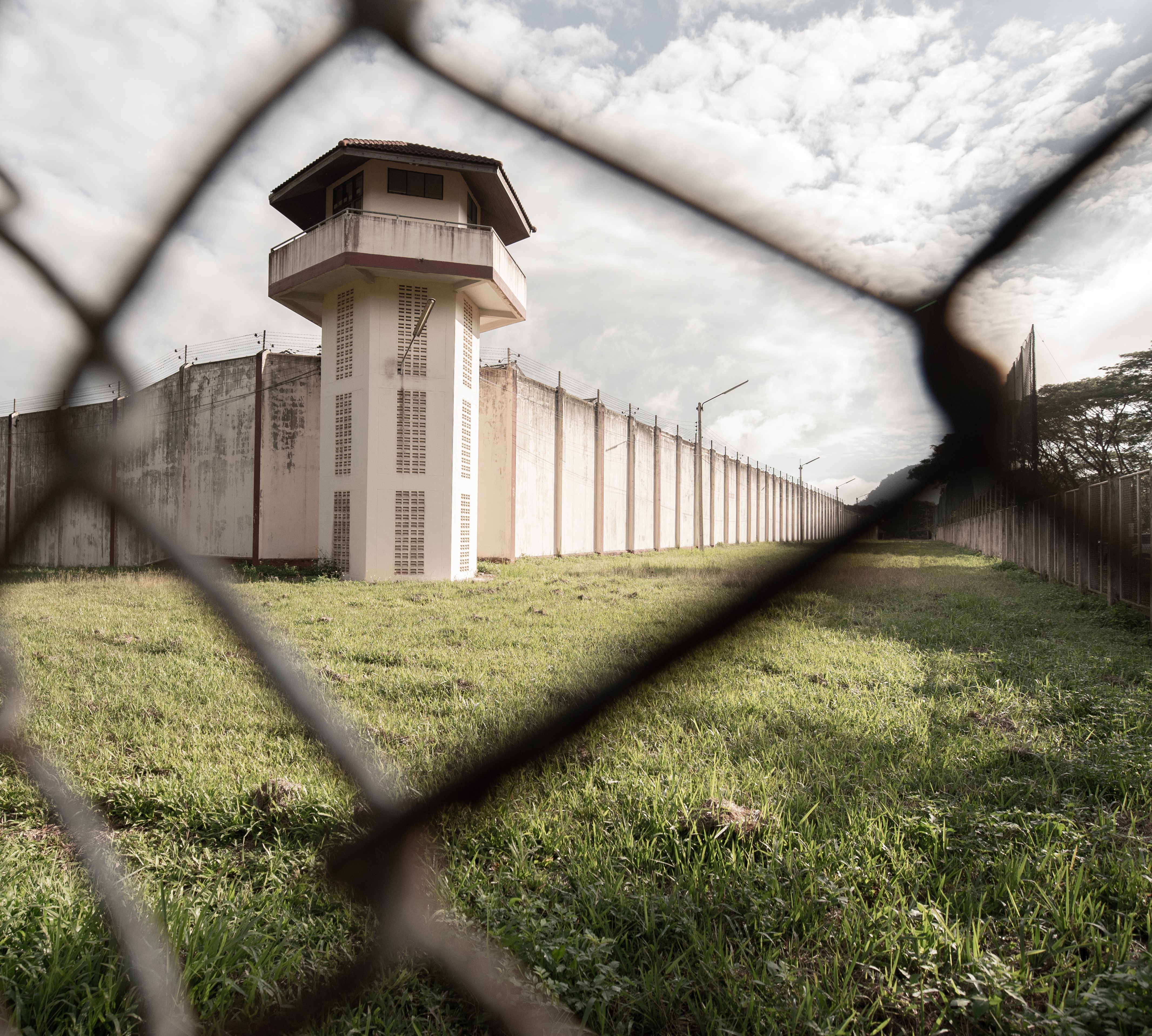 JAILS AND PRISONS REMAIN A HOTBED FOR COVID-19—VACCINATE THE PEOPLE WHO LIVE OR WORK IN THEM
JAILS AND PRISONS REMAIN A HOTBED FOR COVID-19—VACCINATE THE PEOPLE WHO LIVE OR WORK IN THEM
David Pyrooz, Rosemary Ricciardelli and Sandra Bucerius |May 3, 2021
David Pyrooz, PhD, is Associate Professor of Sociology at the University of Colorado Boulder, USA. @dpyrooz
Rosemary Ricciardelli, PhD, is Professor of Sociology at Memorial University of Newfoundland, Canada. @R_Ricciardelli.
Sandra Bucerius, PhD, is Associate Professor of Sociology and Criminology, Director Centre for Criminological Research, University of Alberta, Canada. @sbucerius.
The third wave of the pandemic has renewed concerns about the transmission of COVID-19 in Canada’s jails and prisons. Of the 13,700 people serving two or more years in federal prison, over 1,500 were infected and five have died from COVID-19. In provincial and territorial institutions, there have been over 4,200 cases among prisoners and over 1,300 among staff.
One way to thwart the spread of COVID-19 in jails and prisons is to vaccinate the people who live or work in these facilities. Correctional services want this for their residents and employees, but it requires provincial, territorial, and federal governments to step up their efforts to vaccinate an exceptionally vulnerable population in Canada.
Correctional facilities are not impenetrable fortresses. People are constantly moving into and out of these facilities—new admissions, transfers from other facilities, or correctional officers and staff working their shifts. The imposing walls of the Stony Mountain Institution, the oldest federal prison located north of Winnipeg, were no match for the virus as over 10 percent of the population were infected over a two-month span beginning in November, 2020.
Public health guidelines fall flat in jails and prisons. As incarcerated people live in congregate settings, it is practically impossible to practice physical distancing. While personal protective equipment, such as masks, are generally available to incarcerated people, they would have to be worn non-stop—including at night—to help protect against the disease as most facilities lack proper air circulation.
It is in the public’s interest to protect the people who live or work in jails and prisons. Just as COVID-19 can move into these facilities from the community, the reverse is also true.
No judge or jury sentences someone convicted of a crime to illness or death. Incarceration is the debt paid to society, and the aim should be to return people back to the community in a better condition than they left it. What makes matters worse is that incarcerated people have lost their lifelines to reintegrative success. Visitation, social interaction, and programming were suspended as corrections agencies responded to the threat of COVID-19 by locking down facilities.
Getting people vaccinated is critical to stop the suffering and decrease the risk of infection.
Corrections agencies in nearly all provinces and territories, as well as federally, have started to vaccinate incarcerated people and employees. The problem is the lack of coherence in planning and execution. There is urgency to rapidly expand these efforts, especially in light of the multiple variants infecting the Canadian population.
Still, even if everyone in the system has full access to COVID-19 vaccinations there is another challenge looming for which we must prepare: vaccine hesitancy.
The active or passive resistance to vaccination is neither novel to COVID-19 nor unique to people who live or work in jails or prisons. But there is good reason to believe that hesitancy will be greater in correctional facilities.
A recent study revealed that only 45 percent of 5,000 people incarcerated in three prisons and 13 county jails in the United States indicated that they would accept a vaccination. If there are similar levels of vaccine uptake in Canada’s jails and prisons this would seriously undermine efforts to protect those who live or work in them—and, potentially, the safety of communities.
Effective messaging and messengers are critical to overcome vaccine hesitancy.
In the U.S. study, concern about the safety and efficacy of the vaccines were the primary reason for hesitancy or outright refusal. This concern is not unique to jails or prisons, but is exacerbated owing to cynicism toward government and correctional healthcare. There is also history of exploiting prisoners for drug trials in the United States and the massive overincarceration of Indigenous people in Canada that is closely associated with a legacy of colonialism. These factors undermine already brittle faith in the government providing vaccines and in prison management.
Social proof, or word of mouth, is also important. Willingness to get vaccinated can be socially contagious. Seeing influential or trusted persons at the institution get the vaccination lessens its mystery and stigma. For correctional employees, this would be wardens or union heads. For incarcerated people, this would be those at the top of the social hierarchy.
Age also matters. Incarcerated people are largely younger than the general population in Canada, and as such, may feel as if they could weather the disease. There is some truth to this, as infection rates were nearly three times greater for federal prisoners, while mortality was half that of the Canadian population. But it is evident with the new variants of COVID-19 that age is not totally protective.
If hesitancy and resistance to vaccinations remain high in jails and prisons it will be more difficult to control the virus. Since vaccines cannot be imposed or coerced it is essential that carefully crafted, honest, and structured messaging, co-created with incarcerated people and staff, are deployed to overcome hesitancy and to achieve COVID-19-free prison spaces.
In the end, how we treat those we punish for violating laws is a measure of our humanity. Success in preventing outbreaks in our prisons adds protection to communities and cannot be ignored. Expanding access to vaccinations, coupled with proactively addressing vaccination hesitancy, are the way forward to stop the spread of COVID-19 in jails and prisons.
This article initially appeared in the Globe and Mail on May 3, 2021.


